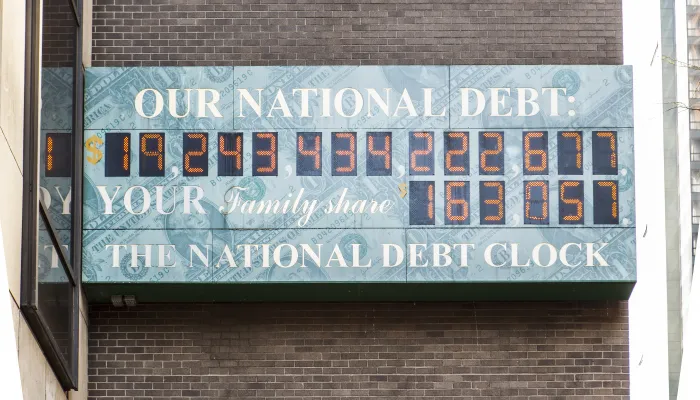How Might the Fiscal Cliff Play Out?
This week’s The Economist offers another analysis of the end-of-year fiscal cliff of tax increases and spending cuts that the United States faces under current law. The article also explores how "the election will determine whether a nasty dose of austerity can be avoided."
As we discussed and quantified in a blog, if all tax cuts expired and automatic spending cuts took place after December 31, the combined fiscal cliff would bring deficit reduction at the cost of immediate removal of hundreds of billions of dollars from the economy. Although economic growth at decade’s end would be somewhat better off for the lower debt, the short term would bring decelerated growth and possibly renewed recession, along with higher unemployment.
It is worth restating the consequences in two ways and distinguishing between them. The short-term combined dollar value of the fiscal cliff – tax increases and spending cuts combined – would be around 3.5 to 5.0 percent of GDP, depending on what time period is counted, and on what policies are counted. The combined economic impact of the fiscal cliff is less precise, but we estimated, based on CBO's multipliers, that an intermediate scenario would result in a two percent of GDP hit to growth in 2013-2014 (with wide variations if you use the high- or low-end range of the multipliers). In fact, CBO projects the slow-down to begin in the last quarter of calendar year 2012, in anticipation of contractionary tax increases and spending cuts.
[chart:5956]
The Economist analyzes two political scenarios for how the cliff would play out. In each one, the United States hits the fiscal cliff for a couple of months before a new arrangement emerges from Washington. If President Obama is re-elected, predicts the Economist, Congress and the White House might be forced--through grinding political gridlock--to ultimately reach a deal along the lines of the hypothetical Obama-Boehner deal last July, involving both revenue increases and some trimming of Social Security, Medicare, and/or Medicaid. However, the article suggests that it might require a two-step process to get there, with the final plan not being passed until 2013, and that any missteps may provoke harsh reactions from credit rating agencies. If Mitt Romney is elected with a Republican Congress, The Economist surmises that a Republican government at the beginning of 2013 would make the tax cuts permanent, repeal the Affordable Care Act, and protect defense spending from the sequester. One would also expect that a Republican Congress and White House would pursue something similar to the Ryan budget, which includes those policies and more.
In our opinion, the worst outcome would be a permanent extension of all tax cuts and suspension of spending cuts. This would avoid the fiscal cliff, but endanger our long-term economic prospects (and perhaps provoke more credit downgrades). But another bad outcome would be lawmakers allowing the fiscal cliff to strike. There are various smarter ways to narrow deficits, and we hope that lawmakers will continue working hard to reach an agreement before the end of the year, rather than finger-pointing while heading towards the cliff.
To read our paper on the fiscal cliff, click here.


